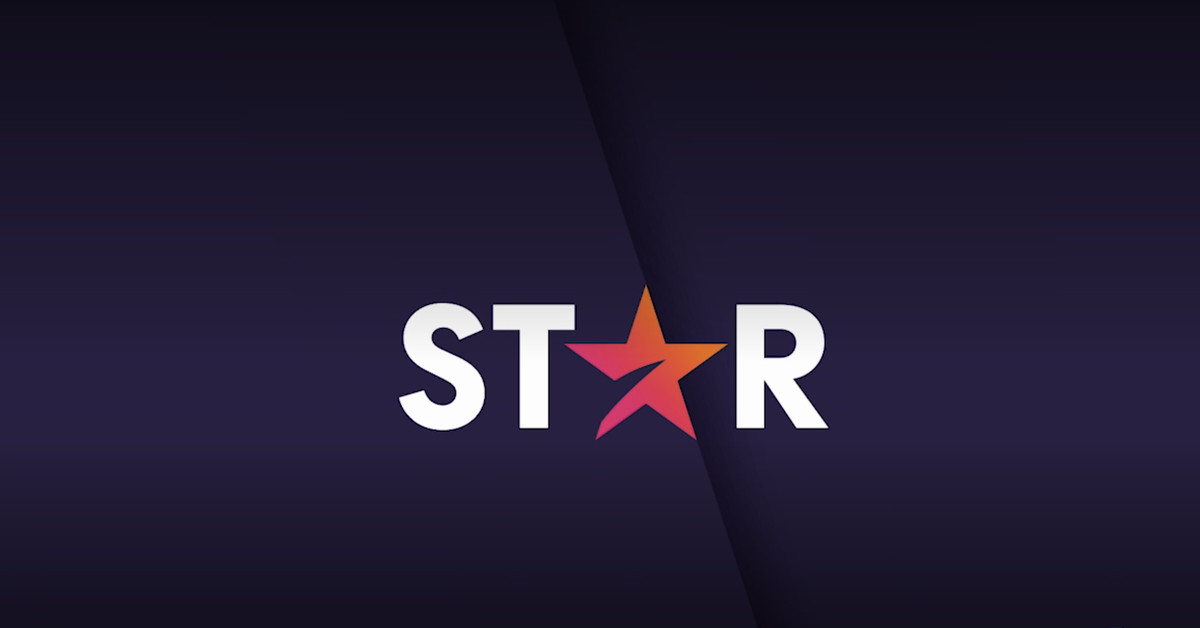Today marks the launch of Star. It is a new section of Disney Plus for the international audience that will offer more mature films for minors, FX TV shows and other programs and films whose rights Disney owns, but which do not fit into the familiar image of Disney Plus.
Star is effectively Disney’s solution to the fact that Hulu does not exist in international markets. It is a way for the company to expand the Disney Plus value proposition to international customers with the most important currency that any streaming service has to offer: a larger content library.
What that means is that international users are about to get a massive stream of movies and shows available on Disney Plus through Star that will not be available to US customers – or rather, will not be available to US customers for through Disney Plus. These programs and films will continue to live on Hulu as part of the separate service.
:no_upscale()/cdn.vox-cdn.com/uploads/chorus_asset/file/10839339/mb0340_pubstill_v0212.1010_rgb.jpg?w=560&ssl=1)
Photo: Twentieth Century Fox
If you are an international Disney Plus customer who lives in the UK, Ireland, France, Germany, Italy, Spain, Austria, Switzerland, Portugal, Belgium, Luxembourg, Netherlands, Norway, Sweden, Denmark, Finland, Iceland, Australia, New Zealand or Canada – the regions that will have access to Star from today – this is great news.
On the other hand, if you are a US customer, you may feel a little cheated. The library that Disney is offering on Star includes TV shows like Family Guy, How I met your mother, Lost, Firefly, Grey’s Anatomy, Desperate Housewives, Buffy the Vampire Slayer, and Bones, along with movies like Deadpool 2, Kingsman: the secret service, Borat, and Brave Heart – movies and shows Disney owns the rights to, but requires customers to pay for an extra Hulu subscription to watch in the U.S.
This is due to a complex array of rights agreements and revenue streams. While Star and Hulu will have a fair amount of overlap – including Hulu originals like Love Victor – Hulu in the United States still has a much larger library, including programs and films licensed from third-party studios like MGM and Paramount.
Star, on the other hand, will present only original content over which Disney has the rights of its own studios (which include ABC, Hulu, FX, Freeform, 20th Television, 20th Century Studios and Touchstone Pictures). It appears that Disney’s balance sheet has come to the conclusion that subscribers are willing to pay for separate Hulu and Disney Plus libraries in the United States, but that the more limited Star line was sufficient to justify an autonomous purchase paid for international customers.
:no_upscale()/cdn.vox-cdn.com/uploads/chorus_asset/file/19745053/Screen_Shot_2020_02_25_at_9.27.59_AM.png?w=560&ssl=1)
Part of this distinction also comes down to the Furious God of ARPU (average revenue per user) – something that is on Disney’s mind as he plans to build Disney Plus around the world. Looking at Disney’s earnings in 2020, the company’s direct-to-consumer streaming business grew 73% year-over-year, with revenue of $ 3.5 billion. But it really did any less each customer’s money on average, with ARPU reduced to $ 4.03 per subscriber, mainly due to the substantially lower cost of Disney Plus Hotstar in India and Indonesia.
(Star, incidentally, should not be confused with Disney Plus Hotstar, which operates under the Disney Plus banner and features original Disney programs and films, but is a very different service in terms of price and distribution than Disney Plus / Hulu in the USA and Disney Plus / Star in other international markets.)
Turning Star into a cheaper international version of Hulu does not help to solve this ARPU problem. But using Hulu content to boost Disney Plus subscribers in the most profitable (per customer) markets in Europe, Australia and Canada does.
That is especially true, since you take into account the fact that Disney is also using the launch of Star to raise prices in these markets from € 6.99 a month to € 8.99, which marks a proportionally larger increase than the $ 1 price increase (from $ 6.99 to $ 7.99) planned for Disney More users in the US later this year.
And using that big pile of Star content to sweeten the pot is the perfect answer for Disney, because it already has the rights to it all. Unlike Hulu, which costs Disney a ton in licensing costs and ad revenue deals, adding Star to Disney Plus internationally doesn’t cost a penny. It only better monetizes the things that the company already owns.
This is even reflected in the brand itself: last year, CEO Bob Chapek announced that he would use the Star brand internationally instead of Hulu, citing the fact that Hulu has the aggregated content association, as well as its lack of brand awareness. outside the US.
In fact, Star’s existence could be a glimpse of a possible future for Disney’s streaming ventures in the U.S., should Hulu end up being unsustainable, as interested parties continue to raise their licensed programs and films for their own services. streaming, such as Peacock, Paramount Plus or HBO Max.
If Disney is planning to offer a single unified streaming service in the United States, it is still a long way off. For now, US customers will have to pay for the Disney package (which includes Disney Plus, Hulu and ESPN Plus) if they want to stream FX programs and WandaVision.
But whether you live in the United States with Hulu or Canada with Star, there is a big winner in all of this: Disney’s financial results.
